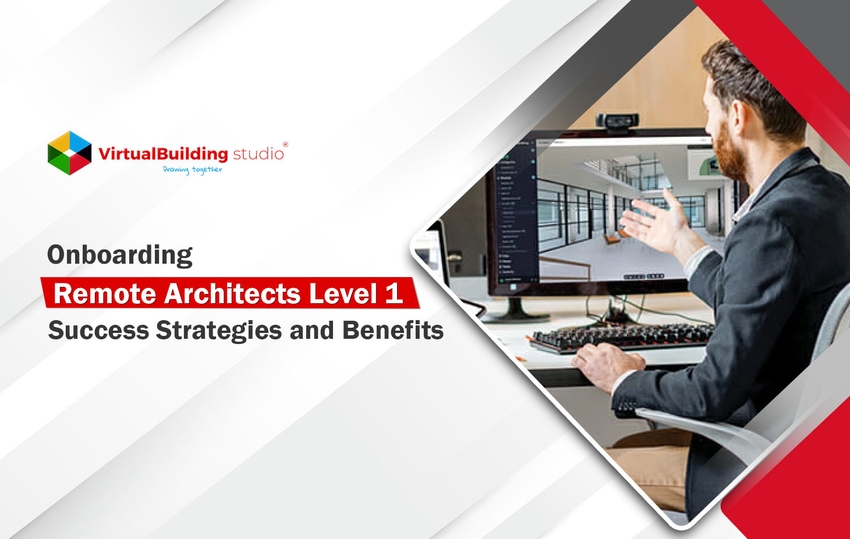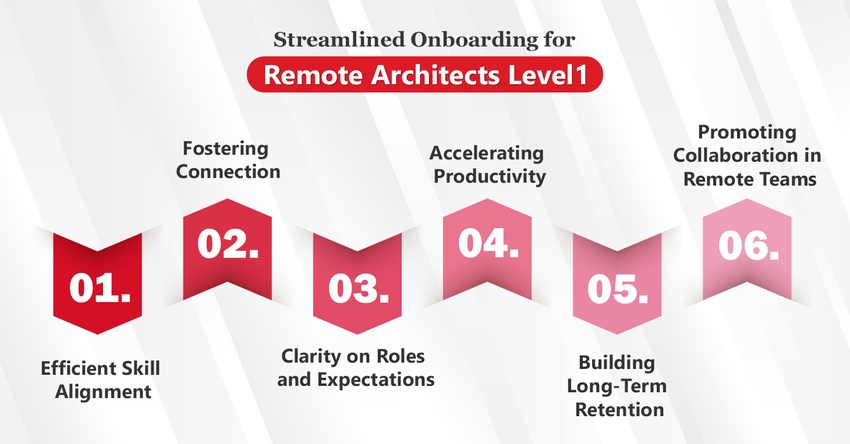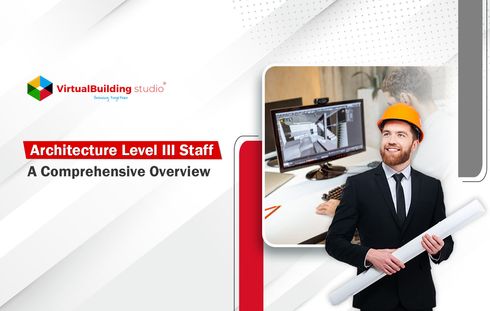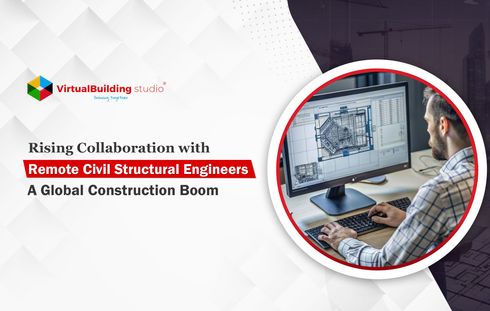
A long-lasting impact that Covid-19 has had on the work culture all over the world is Remote working. The mass adoption of remote work has added layers of complexity to the hiring and onboarding process, promoting employees to effectively welcome new challenges and transcend the digital interface.
Employee Onboarding is a crucial process to set the tone for new talent’s joining experience and guide them in the right direction. The onboarding process involves intense paperwork, training sessions, and orientation meetings, leading to a tedious joining process for the new talent.
Fortunately, technology is constantly evolving, developing new ways to streamline the onboarding process for both the company and the employee.
Most likely, the first hurdle in meeting and hiring talent for long-term project benefits is the intricacies of the onboarding process.
Walking the new talent through a structured onboarding experience and harnessing technology to enhance communication and collaboration translates to a lasting impression that benefits the entire project journey.
With technological advancement and the development of virtual tools, it is now possible for AEC companies to hire globally without confining the local talent.
Structured and Scalable Onboarding Process: A Comprehensive Guide to Remote Hiring
With a smooth onboarding process for the new talent, the AEC companies can unlock several benefits. Here’s a detailed guide to understand the essentials for a seamless onboarding process:
Unveil Company Objectives and Vision
The new talent must resonate with the company's vision on a broader scale to make significant contributions to its growth and success.
The employees can share past project details, client portfolios, and upcoming projects with the new hires during the onboarding process to help them comprehend better.
Contextualizing their role within the deliverables equates to setting clear milestones for the remote architects as per project demands.
Elucidate key milestones and deliverables
The AEC companies should explicitly define roles and responsibilities for each team member. Establish a good rapport with the team members, discussing project timelines and milestones.
The companies prioritizing employee expectations leads to increased job satisfaction, enhancing productivity and creativity. The new hires should also be made aware of the desired work quality, stylistic preferences, and execution speed.
Establish a strong communication framework
For any location-dependent team, communication is among the biggest challenges to make or break the success of the remote or hybrid transition.
The AEC companies must ensure seamless communication among the project team and have access to the required resources for the effective execution of their roles. It is crucial to build a strong communication network for employees to collaborate and provide amplified results.
Constant feedback and performance evaluation
Regular feedback and performance evaluation should be integrated effectively into the employee onboarding process across all AEC companies.
Getting feedback from the new talent can help the companies evaluate the extent of success of their onboarding programs, identify areas for improvement, and address any challenges or shortcomings.
Continuous feedback followed by a healthy discussion fosters a culture of learning, adaptation, and innovation, contributing to enhanced employee satisfaction and retention.
Streamlined Onboarding for Remote Architects Level 1: Decoding a Hiring Essential
The onboarding process is critical for ensuring that Architects Level 1, particularly those starting in remote roles such as Remote Architect or Remote Engineer, are steered towards growth.

A streamlined onboarding process not only establishes clarity and consistency but also accelerates productivity and competence in the team.
Efficient Skill Alignment
Architects level 1 often bring foundational knowledge but may lack practical experience. A structured onboarding program helps align their academic background with the specific tools, software, and workflows of the organization.
Fostering Connection
Remote roles inherently lack the face-to-face interaction of traditional office setups, making engagement challenging. A well-organized onboarding process bridges this gap by fostering connection.
For entry-level architects, virtual orientation sessions, mentorship programs, and regular check-ins with senior team members build a sense of belonging.
Clarity on Roles and Expectations
Entry-level Remote Engineers and Architects Level 1 often struggle with understanding their responsibilities in a dispersed work environment.
A streamlined onboarding process eliminates this ambiguity by providing clear documentation on job expectations, workflows, and deliverables.
Comprehensive training sessions and easily accessible resources further enable them to grasp their role within the architectural team, reducing errors and delays.
Accelerating Productivity
A disorganized onboarding process can hinder an entry-level architect’s ability to contribute meaningfully. Conversely, a streamlined approach equips them with the tools and knowledge they need to be productive from the outset.
Remote Architects can be trained in navigating digital models, managing client communications, and adhering to company standards, ensuring they can actively participate in ongoing projects without unnecessary delays.
Building Long-Term Retention
For entry-level professionals, the onboarding experience shapes their perception of the company. A smooth, engaging process builds loyalty and trust, reducing the likelihood of turnover.
In remote roles, where challenges like miscommunication and lack of support are common, an effective onboarding process demonstrates the organization’s commitment to its development and success.
Promoting Collaboration in Remote Teams
Remote Engineers and Architects Level 1 often collaborate across time zones and disciplines. Streamlined onboarding introduces them to company protocols for communication, file sharing, and conflict resolution, ensuring seamless teamwork. Familiarizing them with collaborative tools promotes efficiency and reduces project bottlenecks.
Conclusion
A streamlined onboarding process is not just a procedural necessity but a strategic investment in the success of remote Architects Level 1.
By providing clarity, fostering engagement, and equipping them with essential skills, organizations empower entry-level architects to thrive in their roles while contributing meaningfully to the success of the team.
Remote hiring is here to stay, implying focused energy investment by AEC companies in adopting successful remote onboarding practices.
For integrating a tailored onboarding process for each new hire the AEC companies can adapt the Dedicated Resource Model (DRM) by VBS to onboard trained and skilled professionals.
The DRM solutions offer a 3-day onboarding process without any hassle of sourcing, recruiting, or training sessions.
The professionals are ready to contribute to the project's growth as soon as they join. The companies can share their requirements and get access to the top 1% of remote architects and engineers from all over the world.




